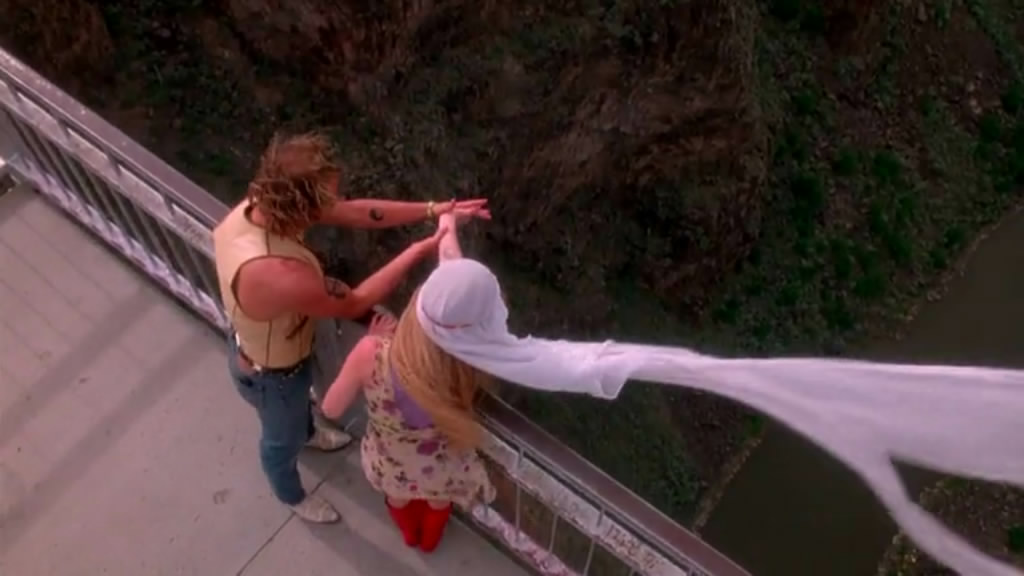+
In the 1980s, many young South Asians would be attending daytime clubs as many came from conservative families which meant that they were not allowed to go to nightclubs. As such, numerous events called ‘Daytime Raves’ or ‘Datimers’ began popping up, originating in Bradford. Daytimers meant that bands and DJs at nightclubs were recruited for the afternoon (BBC, 2019) as many South Asian youngsters restricted by their families would come to experience, dance and enjoy music.
‘It started out as a daytime thing because there was a huge market for college kids who wanted to experience the nightlife but in the middle of the afternoon. People were leaving the house in their school uniform but with a carrier bag with some jeans and a funky top inside saying they were going to be studying history or something. We would kick off at midday and they would party till 4 pm and then go home for tea, pretending they had a good day at college.’
–Moey Hassan, organiser of many daytime events (BBC, 2019)
Bhangra and fusion of Bollywood and reggae music would be played in the rave. According to Kaur, daytime raves were the only place where Bhangra would be played as Bhangra records were hard to find (BBC, 2019).
A short film called ‘Daytimer’ (2014) by Riz Ahmed gives a peek into the experience of a young Muslim boy, Naseem, attending the Daytime rave for the first time. The importance of this event for the young generation is portrayed in the film as Naseem’s character of trying to be a good Muslim son whilst also wanting to be like the older boys in the rave. The demographic of Daytime raves were made purely by South Asians who created their own identity and existence due to the fact that during that time there was a lack representation of Asian culture in mainstream media in the UK. Daytime raves were little secrets for many and allowed them to have freedom from their families’ disapproval of such activities. They could wear what they like and come together.
‘Asian girls had to keep their personalities hidden, but once we got inside that club, we could be free’ (Manzoor, 2012)
These young Asians were owning the culture that was built by themselves.
‘The events debunked the idea of sexless young Asians working studiously, dancing to vintage Bollywood classics at weddings with girls trapped in the kitchen’
Yates, 2017)
Daytime raves have been hidden by the mainstream club culture in recent history, but from those attending these events, they hold memories of balancing their family expectations along with expressing themselves.
Image reference:
- Smith, T., 1988. DJ Radical Sista Playing At A Club In Bradford, England. [image] Available at: <https://www.bbc.co.uk/news/uk-england-leeds-47526815> [Accessed 17 May 2020].
Bibliography:
- Ahmed, R., 2014. Daytimer. Available at: <https://vimeo.com/107465232#at=627> [Accessed 17 May 2020].
- BBC News. 2019. In Pictures: Bradford’s Bhangra Daytimers. [online] Available at: <https://www.bbc.co.uk/news/uk-england-leeds-47526815> [Accessed 17 May 2020].
- Manzoor, S., 2012. Strictly Bhangra: How Daytimers Got Young British Asians Dancing. [online] the Guardian. Available at: <https://www.theguardian.com/music/2012/apr/10/strictly-bhangra-daytimers-british-asians> [Accessed 17 May 2020].
- Yates, K., 2017. Why Daytime Raves Were So Important For Asian Club Culture. [online] The FADER. Available at: <https://www.thefader.com/2017/01/10/british-asian-daytimers-history-riz-ahmed> [Accessed 17 May 2020].
+
This years most controversial nominee, Luke Willis Thompson Trilogy: Cemetery of Uniforms and Liveries, autoportrait and _Human examine the relationship between person and their representation.‘Reframed their histories of violence enacted against certain bodies, and offers counter-images to the media spectacle of our digital age’; Audiences witness Thompson’s large, sprawling film projections. Whilst extremely beautiful, it is often criticised that the New Zealander is not best placed to tell the stories of his subjects, who are ultimately his collaborators. Negotiating with the high-profile stories of Dorothy “Cherry” Groce, Joy Gardner, British artist Donald Rodney and Diamond Reynolds. Unknowable feelings, memories, tragedy, displacement, death, all become legitimate entry points to Thompsons film and yet there remains a disconnect. Thompson been heavily accused of turning his subjects into a spectacle, in my mind it is up to the viewer as to this acknowledgement.

Donald Rodney’s In the House of My Father, 1996-7, made from the artist’s own skin after grafts for the condition which killed him soon afterwards. Photograph: Tate
Perhaps here, in finally for myself witnessing Thompson’s work after hearing so much about the artist, what remains in my mind is the duality of the final colour film. A study of the small sculpture the late British artist Donald Rodney made, using scraps of his own shed skin, and held together with dressmaking pins, as he lay ill with sickle cell anaemia – The sculpture is in the form of a house – I was taken aback. Within its narrative stillness, meticulosity of detail, in the openness of its observation, it is a difficult thing to chastise. Although it remains cautious as to why he chose to focus on these subjects, and his ultimate aim in producing these films, it for me was less than spectacle, but more of a presentation.

